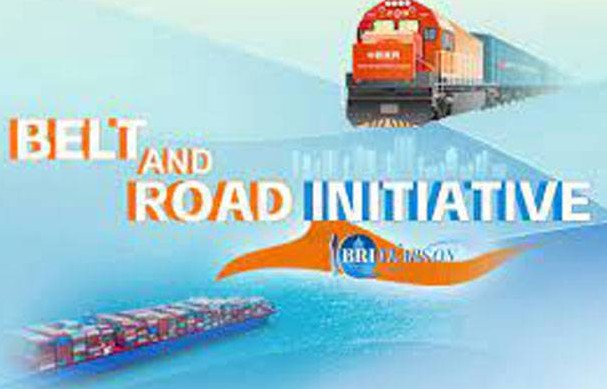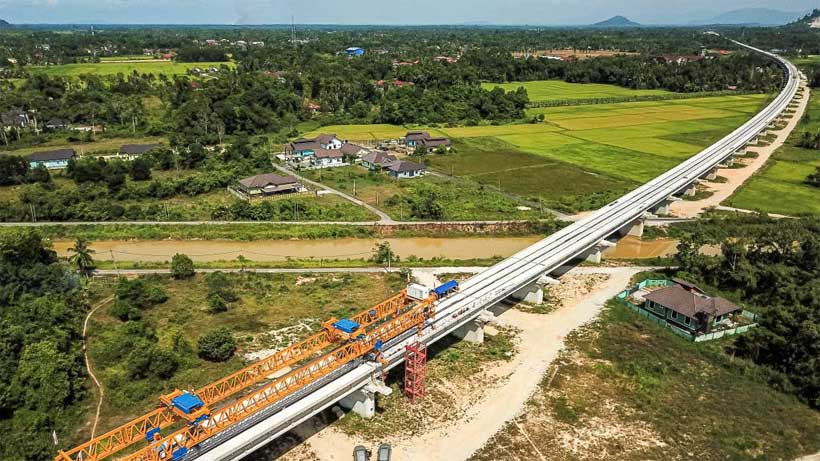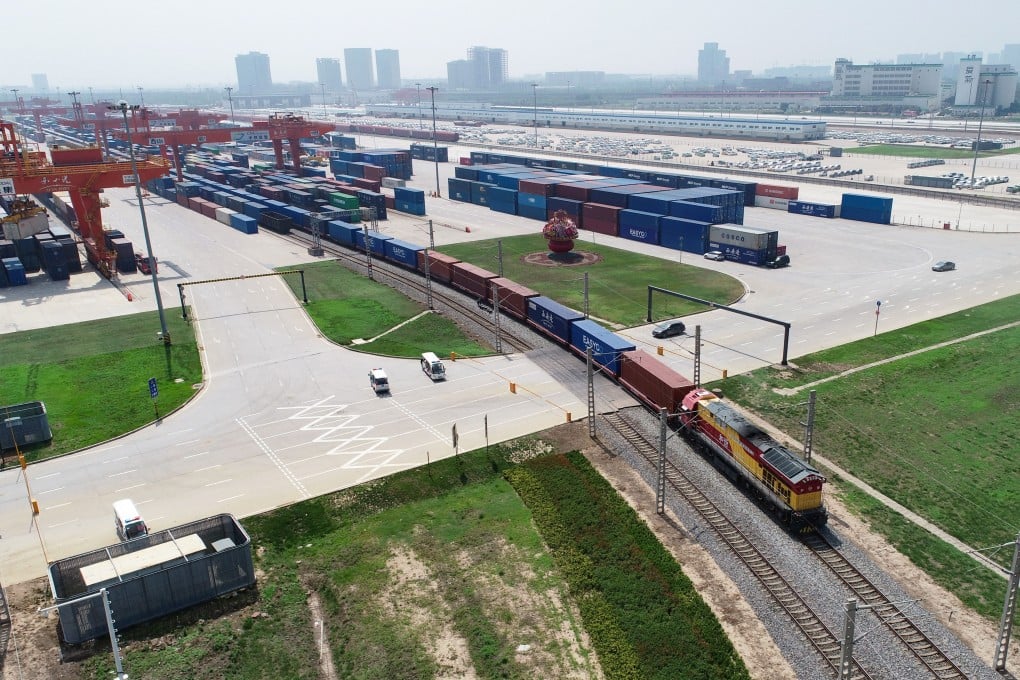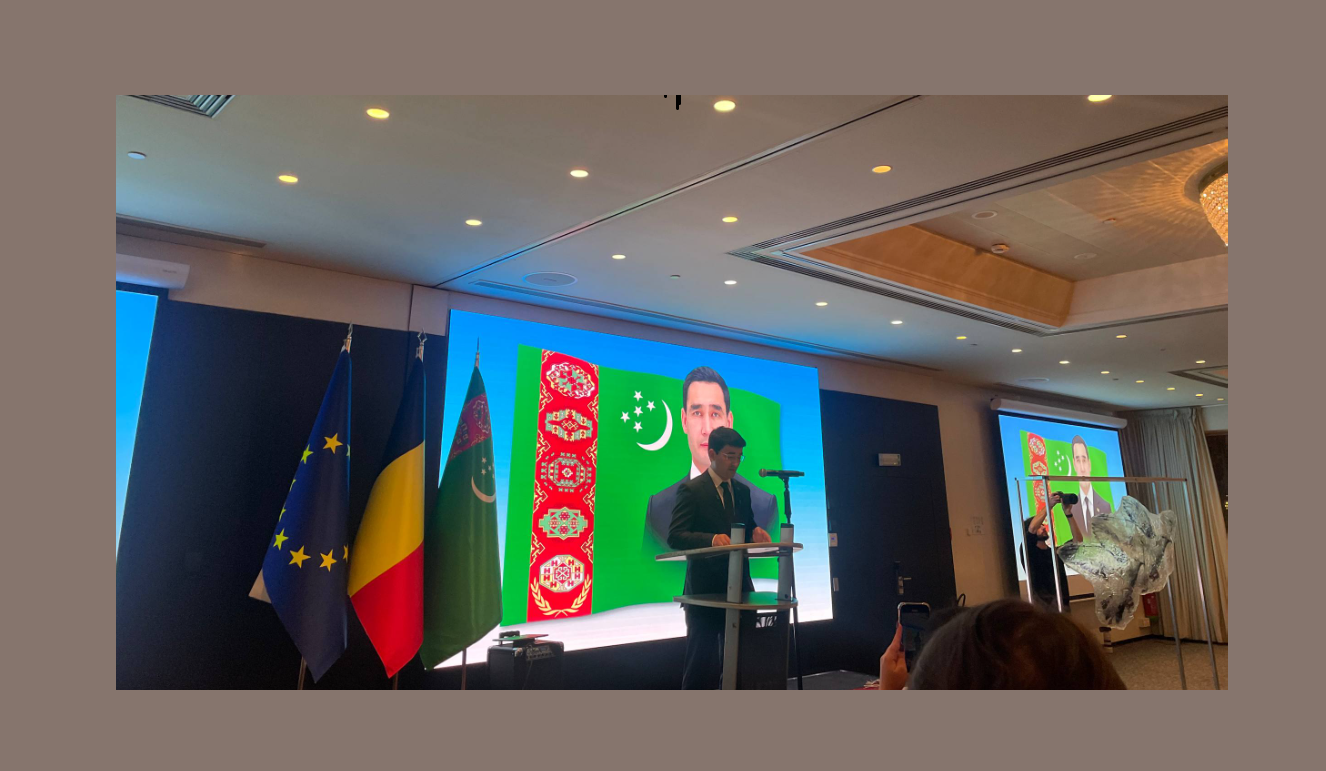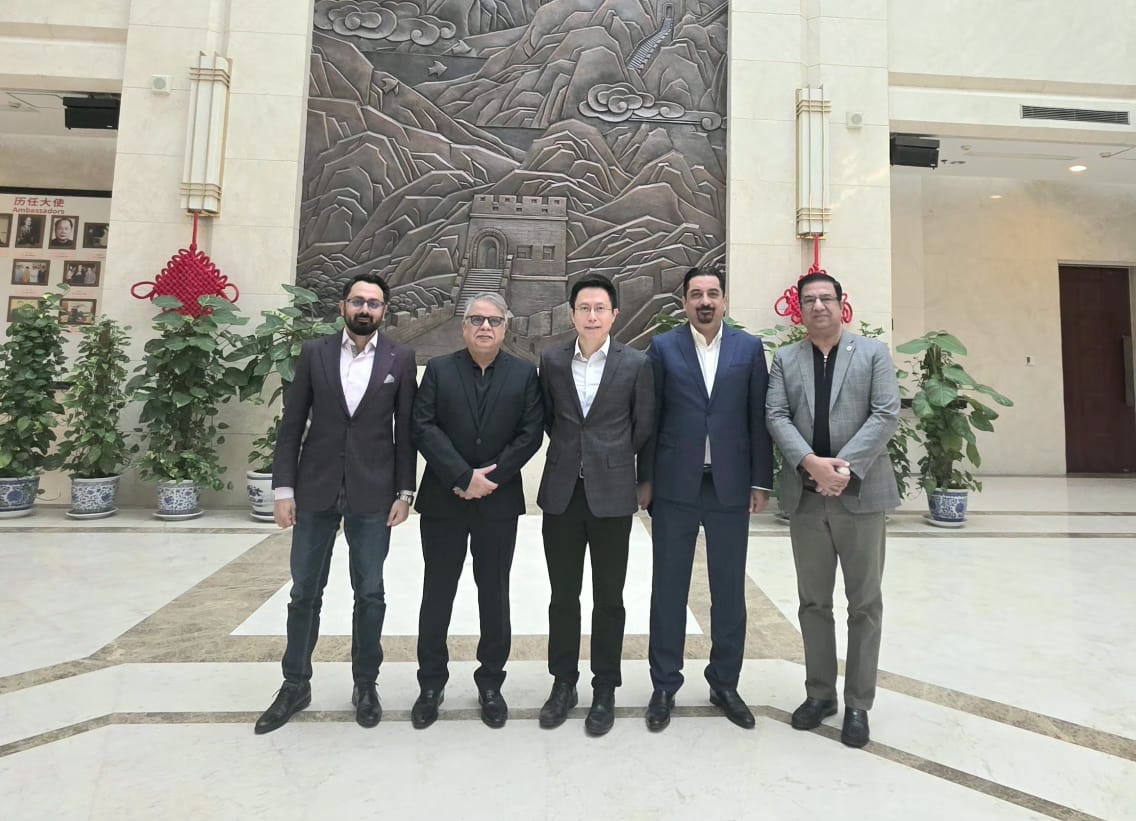“From isolation to engagement, from command economy to socialist market economy”. China’s transformation and rapid rise has been a remarkable journey full of ideological shifts and policy experiments. By the late 20th century China earned International admiration for this evolution from revolutionary isolation to pragmatic engagement guided by its good neighbourhood and cooperative policies. The dawn of Twenty first century marked the new beginning for China with its inclusion in the World Trade Organization (WTO). Welcoming this integration, China adopted a policy of “Go out” based on the Hu Jintao’s vision of building a Harmonious society. A step which laid the groundwork for the Belt and Road Initiative (BRI) in the following decade.
Dawn in the Dark world
Modern world is a chessboard based on power politics were even economic to social cooperation revolve around the personal gains. BRI appeared as a sunshine especially for third world countries in the world full of darkness. The flagship project often seen as the project of the century while it is not a product of sudden inventions but has been a result of long journey full of many ups and downs. The idea was first given by President Xi Jinping in 2013 but the roots of this project can be traced in 1990’s when the Chinese policy makers give the idea of regional connectivity between Asia and Europe for the first time following the Soviet downfall.
Social and Economic benefits of BRI
Through infrastructure its corridors range from Gwadar to Nairobi and from Athens to Jakarta. Belt and Road Initiative has become symbol of opportunity and subject of debate since its launching. The worth of BRI is much broader than earlier appearance. According to the Chinese Embassies more than 150 countries and around 30 international organizations officially become part of BRI through different agreements. BRI served as the leading project for the African nations which always seeks international investments, 50 out of 54 African states are part of BRI. World Bank estimated that BRI can has the capacity to lift around 7.6 million people out of extreme poverty and 32million out of moderate poverty. Moreover, the BRI scholarships and cultural exchange programs under BRI and Confucius institutes are promoting people to people ties, education reflecting China’s soft power and also serving as prime assets for the poor people of neglected world.
Economically, BRI infrastructural projects have far reached implications for the world. Its projects have enhanced the connectivity across the Asia, Europe and Africa. The movements have been accelerated by the establishments of new ports, railways, airports and energy projects. Unlocking the region once perceived as peripheral and burden on the world. The dynamics are changing and transformation of least developed economies to developing economies is very clear. These projects not only created new employments but also become a major source of capital for the local industrialization and urban development. This initiative embodies pattern of Global village were infrastructure serve as an instrument foster interdependence. As per the studies of the World Bank due to BRI trade increased to 2.7- 9.7% and income boost up to 3.4% in the corridor economies (World Bank).
Critics
However, these social and economic gains of BRI are not without costs. Several nations have face debt payment challenges, seen in the case of Sri Lanka’s Hambantota port and Zambia’s infrastructural loans fueling debt trap diplomacy. There have allegations about the asymmetric benefits, considering Chinese firms domination and limited local capacity building. Critics argue that this model is a pure depiction of the world system theory which is reinforcing dependencies. Though BRI has gained local support and worldwide appreciations for the infrastructural development yet there are some environmental and social externalities including community displacements, climate disruptions and unequal distribution of benefits. Which highlight the dilemma that mostly exist within emerging economies.
Conclusion
Form International perspective BRI demonstrate China’s strategic shift from its founding leader’s ideology of looking “inward approach” to “going abroad “adopted by the following leaders. BRI symbolizes both paradox and promise for China’s rise. Its success is not only subjective to economic means but the societal and local realities have the final say whether this will turn out to be an engine of growth and development or become victor of anxiety. China will continue to build roads, railways and infrastructure to finance its dreams but the real test will be how far prosperity reach whether it will be successful in connecting not just markets but societies while pursuing its dream of Shared Future.

Participant of ICSF-UoS Fellowship Program 2025-26 at University of Sargodha
